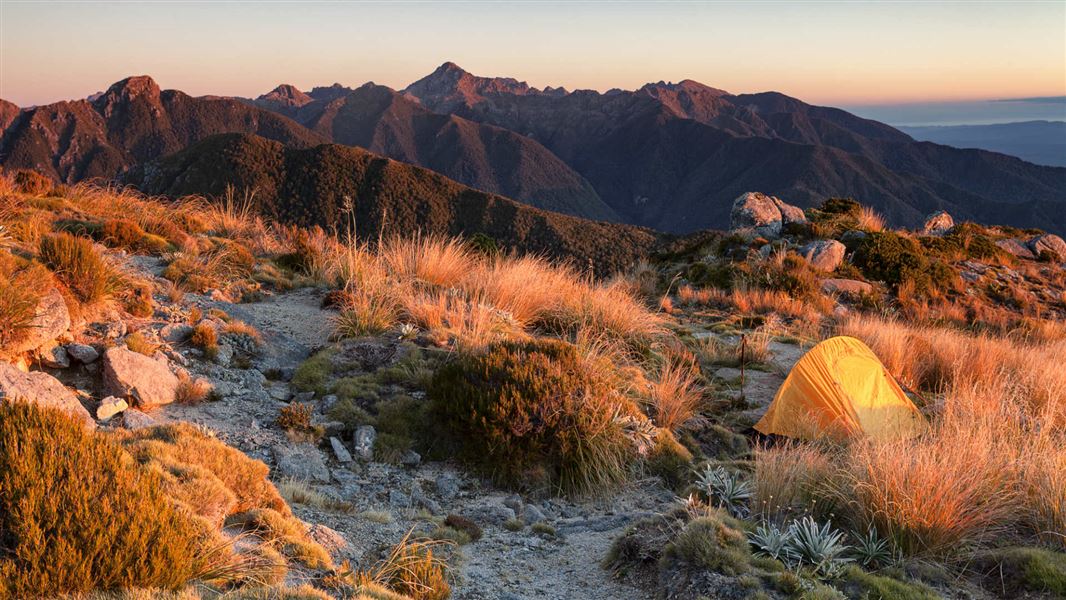Introduction
Travelling through the area gives you spectacular views over the Grey Valley and Southern Alps, stretching from the main divide to the Tasman Sea. Discover the rich gold mining history, beautiful native forests, and enjoy a great range of recreational activities. 
